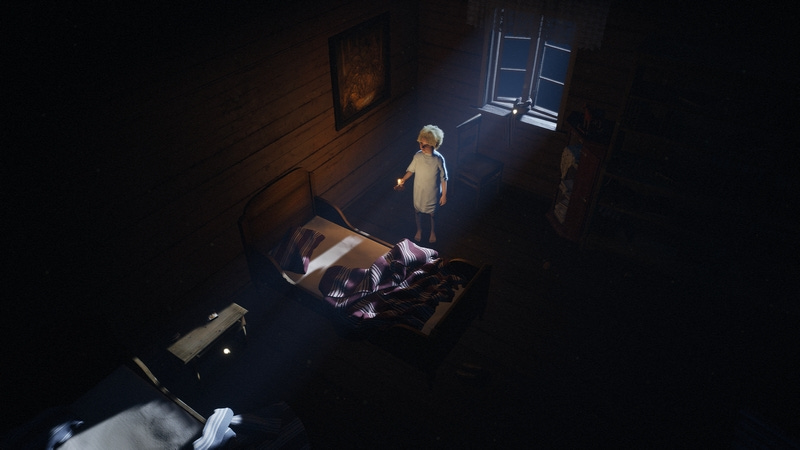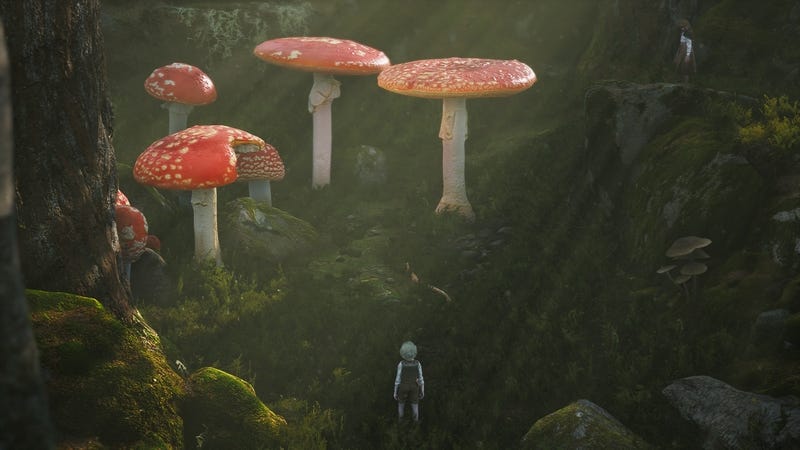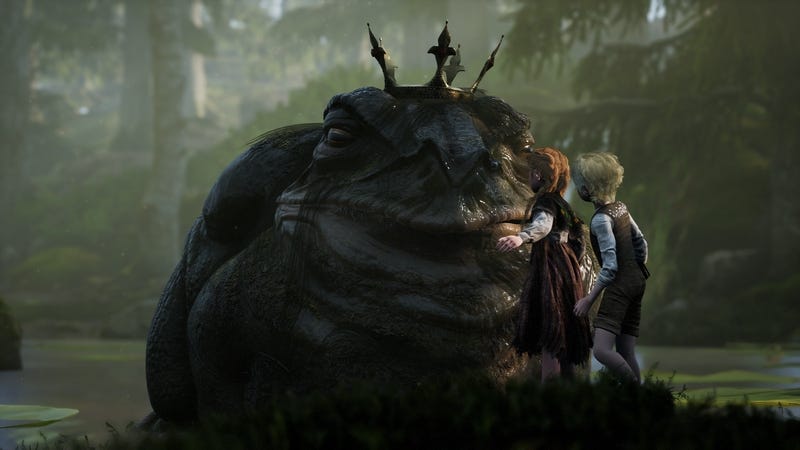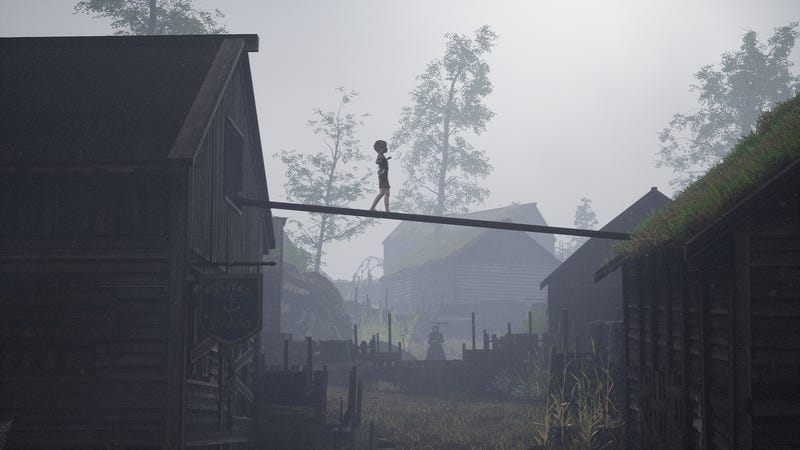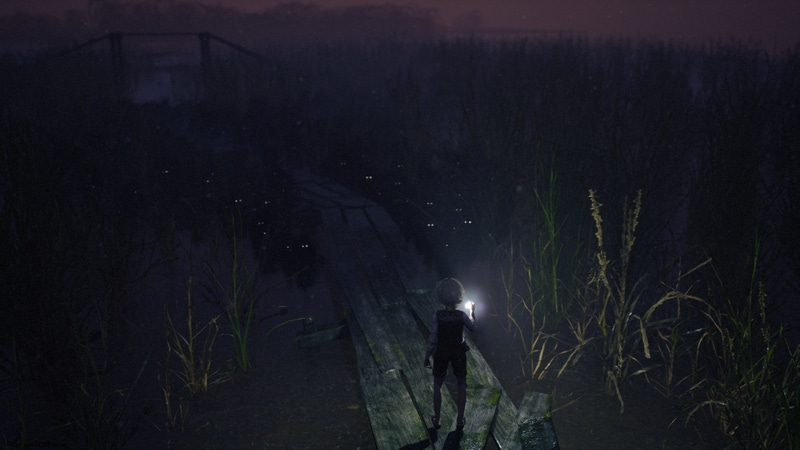Bramble and the Grimm Brothers’ Fairy Tales
Nordic fairy tales are not the sweet stories you imagine. #literature #fairytales #videogames
Welcome back to Artcade, the window through which you can escape your home and run into the woods. At least, that’s how it works in fairy tales—I would never do it myself. First, because I live on the third floor, and second, because wandering through the forest at night doesn’t sound like the most entertaining idea.
But we don’t always have to follow the same old paths. Times change, and so do stories. That’s exactly where we’re headed today: tales that have transformed from their original versions. Enjoy the read!
After decades of Disney’s influence, we’ve come to think of fairy tales as mostly harmless stories, filled with uplifting messages that either hide or remove all traces of life’s darker aspects. If that’s how you see them, the next few paragraphs might feel strange—almost as if fairy tales have suddenly become cruel. But the truth is, they were always like that.
Originally, fairy tales were stories shared by adults around the fire, back when Saturday Night Live wasn’t around to liven up the night.
Take, for example, the beginning of Hansel and Gretel. The story transports us into a magical world, long before they get lost in the woods or risk ending up in a witch’s cauldron:
Once upon a time there dwelt near a large wood a poor woodcutter, with his wife and two children by his former marriage, a little boy called Hansel, and a girl named Grethel. He had little enough to break or bite; and once, when there was a great famine in the land, he could not procure even his daily bread; and as he lay thinking in his bed one evening, rolling about for trouble, he sighed, and said to his wife, "What will become of us? How can we feed our children, when we have no more than we can eat ourselves?"
"Know, then, my husband," answered she, "we will lead them away, quite early in the morning, into the thickest part of the wood, and there make them a fire, and give them each a little piece of bread; then we will go to our work, and leave them alone, so they will not find the way home again, and we shall be freed from them."
What a charming solution. That’s the kind of thing that makes you want to call the Childhelp National Child Abuse Hotline.
But don’t think of this as an exception. Let’s look at what Cinderella’s stepsisters did to try and fit into the glass slipper:
The eldest went first into the room where the slipper was, and wanted to try it on, and the mother stood by. But her big toe could not go into it, and the shoe was altogether much too small for her. Then the mother said, "Never mind, cut it off. When you are queen you will not care about toes; you will not want to go on foot." So the silly girl cut her big toe off, and squeezed the shoe on, and went to the king's son. Then he took her for his bride, and rode away with her.
The prince only realizes the trick when two doves call out to him, telling him to turn around and look at the blood in the shoe. Then again, he must have not been a very bright chap if the only way to recognize someone with whom he had danced with the night before was by seeing whether a foot would fit into a shoe or not.
The second stepsister cuts off her heel, but I’ll spare you the details. Just know that the doves spot the prince riding away with the wrong girl again and shout another warning.
Then the king's son looked down, and saw that the blood streamed from the shoe. So he brought her back again also. "This is not the true bride," said he to the father; "have you no other daughters?"
From calling the Childhelp National Child Abuse Hotline for Hansel and Gretel’s parents to involuntary commitment for the prince and Cinderella’s entire household.
And then we have Little Red Riding Hood, a story everyone knows—and one where things don’t end well for the wolf.
As soon as the Wolf had thus satisfied his hunger, he laid himself down again on the bed, and went to sleep and snored very loudly. A huntsman passing by overheard him, and said, "How loudly that old woman snores! I must see if anything is the matter." So he went into the cottage; and when he came to the bed, he saw the Wolf sleeping in it. "What! are you here, you old rascal? I have been looking for you," exclaimed he; and taking up his gun, he shot the old Wolf through the head.
Grimm, Jacob; Wilhelm Grimm (2011) [1812] The Complete Grimm’s Fairy Tales [Literature] [Fable]
Olle wakes up in the middle of the night to find that his sister, Lillemor, is no longer in her bed. This is where Bramble: The Mountain King begins—a Nordic fairy tale where you must first find your sister, then lose her again, and finally, find her for good. All of this unfolds in a breathtaking setting that, at first, feels almost like the Smurfs’ forest.
But soon, the Nordic fairy tale atmosphere takes over, and everything grows darker, introducing eerie and violent characters (and no, I’m not talking about the frog in the picture—he’s actually quite the gentleman).
The descent continues, and the themes become increasingly mature and unsettling. It’s no coincidence that a warning at the start of the game states that it contains explicit violence, bloodshed, and references to suicide, murder, child abuse, and infanticide. Add to that psychological trauma and animal cruelty.
A true journey, played out on screen, from Disney to the Grimm Brothers.
Dimfrost Studio (2023) Bramble: The Mountain King [Video game] [Action-adventure] [4½ Hours] (Xbox Series X) [Nintendo Switch, PlayStation 5, Windows, Xbox Series S] Merge Games
Information Desk:
Disney wasn’t the only one to rewrite classic fairy tales. Even the Grimm Brothers altered parts of their collection, sometimes adding happy endings and more digestible morals for children. Grimm Brothers, why did you do it? Why?!
Alright, alright. But did you know that Bramble is also the name of a gin-based cocktail (made with blackberries) that actually sounds pretty good? If you want to learn how to make one, here’s a tutorial. Don’t say Artcade isn’t educational.
I’m not sure I’ve been clear enough: this game is really brutal. Maybe this video will help put things into perspective. After all, what kind of sweet, innocent fairy-tale game would have a ten-minute compilation of all the ways you can die?
My last two coins
I like my fairy tales raw. Not that violence should be added for its own sake, but when it serves the story, softening or removing it completely just strips the tale of its power. Fairy tales were born in a violent world—why should they be sugar-coated? And who decided that children aren’t violent themselves?
When ordering a fairy tale, don’t ask for “well-done” or “medium-rare.” Go for raw—they taste better that way. Until the next episode!





